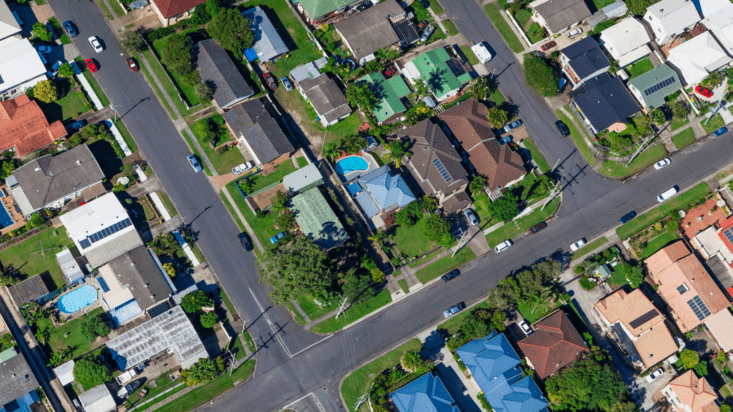Supply comes into housing market as new property dichotomy emerges
Residential property listings increased significantly across the country in March, but the last 12 months show just how far major cities Sydney and Melbourne have distanced themselves from other capitals in terms of property availability.
In March the number of national residential property listings increased by 6.9 per cent, rising to 256,000 dwellings from the 239,459 recorded in February 2024.
And while all major cities experienced an increase in the quantum of listings, a broader view shows a split between property availability in capital cities.
Sydney climbed from 30,054 available properties in March 2023 to 32,803 in March 2024, an increase of 9.1 per cent. Similarly, Melbourne went from 37,987 to 41,297, up 8.7 per cent.
From there, however, the divide presents itself. While all experiencing increases in available property dwellings in the past month to varying degrees, the next three most populous cities – Brisbane, Perth and Adelaide – all went through significant declines over the past year.
Brisbane declined from 20,403 in March 2023 to 18,130 in March 2024 (-11.1 per cent), Perth went from 20,956 to 15,266 (-27.2 per cent) and Adelaide went from 10,610 in 2023 to 9,158 (-13.7 per cent).
Nationally, listings increased 2.6 per cent over the period from 249,404 to 256,000.
“The Australian housing market has recorded a further increase in activity as measured by the 6.2 per cent increase in new listings over the month of March,” commented SQM Research managing director Louis Christopher. “This increase in activity has also showed up in the weekly auction listings which have been at their highest levels since the second half of 2021.”
While the quantum of dwellings for sale did increase across the country, Christopher continued, that doesn’t necessarily equate to that nation experiencing an oversupply of property on the market.
“While listings are up across the nation, they are not at levels which would be regarded as an oversupply situation. Distressed activity was somewhat muted over march with a large decline in NSW distressed listings. However, Victoria recorded another surge and so we are watching that state closely.”
Distressed listings are down -14 per cent nation-wide from March 2023 to March 2024, the SQM Research data shows. Again, the dichotomy between our two biggest states or territories in NSW (5.1 per cent) and Victoria (14.8 per cent), compared to Queensland (-24.4 per cent), WA (34.4 per cent), SA (-25.7 per cent) and ACT (-39.5 per cent) is stark.










